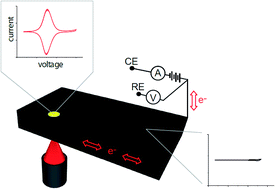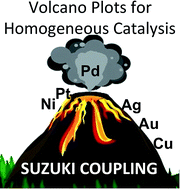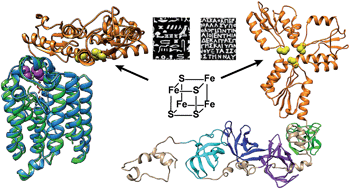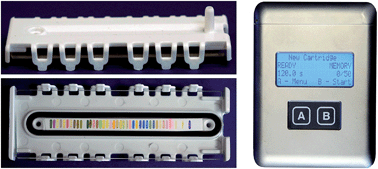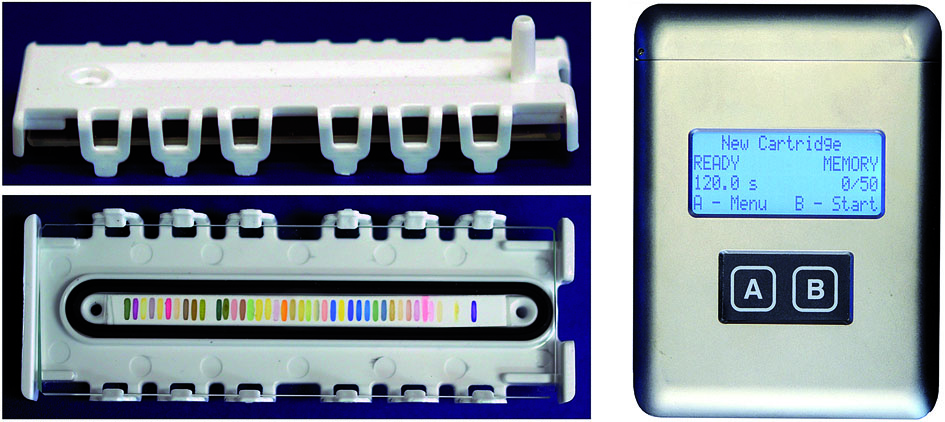The 25 most-downloaded Chemical Science articles in the third quarter of 2015 were as follows:
Sulfonyl fluorides as privileged warheads in chemical biology
Arjun Narayanan and Lyn H. Jones
DOI: 10.1039/C5SC00408J Perspective
A self optimizing synthetic organic reactor system using real-time in-line NMR spectroscopy
Victor Sans, Luzian Porwol, Vincenza Dragonea and Leroy Cronin
DOI: 10.1039/C4SC03075C Edge Article
Synthesis of (diarylmethyl)amines using Ni-catalyzed arylation of C(sp3)–H bonds
José A. Fernández-Salas, Enrico Marelli and Steven P. Nolan
DOI: 10.1039/C5SC01589H, Edge Article
Evaluating metal–organic frameworks for natural gas storage
Jarad A. Mason, Mike Veenstra and Jeffrey R. Long
DOI: 10.1039/C3SC52633J, Perspective
Macrocycles: lessons from the distant past, recent developments, and future directions
Andrei K. Yudin
DOI: 10.1039/C4SC03089C, Perspective
Reversible photo-induced trap formation in mixed-halide hybrid perovskites for photovoltaics
Eric T. Hoke, Daniel J. Slotcavage, Emma R. Dohner, Andrea R. Bowring, Hemamala I. Karunadasa and Michael D. McGehee
DOI: 10.1039/C4SC03141E, Edge Article
Impacts of gold nanoparticle charge and ligand type on surface binding and toxicity to Gram-negative and Gram-positive bacteria
Vivian Feng, Ian L. Gunsolus, Tian A. Qiu, Katie R. Hurley, Lyle H. Nyberg, Hilena Frew, Kyle P. Johnson, Ariane M. Vartanian, Lisa M. Jacob, Samuel E. Lohse, Marco D. Torelli, Robert J. Hamers, Catherine J. Murphy and Christy L. Haynes
DOI: 10.1039/C5SC00792E, Edge Article
Dialkylbiaryl phosphines in Pd-catalyzed amination: a user’s guide
David S. Surry and Stephen L. Buchwald
DOI: 10.1039/C0SC00331J, Perspective
Rethinking the term “pi-stacking”
Chelsea R. Martinez and Brent L. Iverson
DOI: 10.1039/C2SC20045G, Perspective
Computational discovery and experimental verification of tyrosine kinase inhibitor pazopanib for the reversal of memory and cognitive deficits in rat model neurodegeneration
Yongliang Yang, Guohui Li, Dongyu Zhao, Haoyang Yu, Xiliang Zheng, Xiangda Peng, Xiaoe Zhang, Ting Fu, Xiaoqing Hu, Mingshan Niu, Xuefei Ji, Libo Zou and Jin Wang
DOI: 10.1039/C4SC03416C, Edge Article
Unified approach to prenylated indole alkaloids: total syntheses of (−)-17-hydroxy-citrinalin B, (+)-stephacidin A, and (+)-notoamide I
Eduardo V. Mercado-Marin and Richmond Sarpong
DOI: 10.1039/C5SC01977J, Edge Article
Computational design of molecules for an all-quinone redox flow battery
Süleyman Er, Changwon Suh, Michael P. Marshak and Alán Aspuru-Guzik
DOI: 10.1039/C4SC03030C, Edge Article
Molecular understandings on the activation of light hydrocarbons over heterogeneous catalysts
Zhi-Jian Zhao, Cheng-chau Chiu and Jinlong Gong
DOI: 10.1039/C5SC01227A, Perspective
Rh-catalyzed desymmetrization of α-quaternary centers by isomerization-hydroacylation
Jung-Woo Park, Kevin G. M. Kou, Daniel K. Kim and Vy M. Dong
DOI: 10.1039/C5SC01553G, Edge Article
A single crystalline porphyrinic titanium metal–organic framework
Shuai Yuan,Tian-Fu Liu,Dawei Feng,Jian Tian,Kecheng Wang,Junsheng Qin,Qiang Zhang, Ying-Pin Chen,Mathieu Bosch,Lanfang Zou,Simon J. Teat,Scott J. Dalgarno and Hong-Cai Zhou
DOI: 10.1039/C5SC00916B, Edge Article
Supramolecularly engineered phospholipids constructed by nucleobase molecular recognition: upgraded generation of phospholipids for drug delivery
Dali Wang, Chunlai Tu, Yue Su, Chuan Zhang, Udo Greiser, Xinyuan Zhu, Deyue Yan and Wenxin Wang
DOI: 10.1039/C5SC01188D, Edge Article
Near-infrared fluorescence activation probes based on disassembly-induced emission cyanine dye
Tai-Cheng Hou, Ying-Yi Wu, Po-Yi Chiang and Kui-Thong Tan
DOI: 10.1039/C5SC01330E, Edge Article
Thin metal nanostructures: synthesis, properties and applications
Zhanxi Fan, Xiao Huang, Chaoliang Tana and Hua Zhang
DOI: 10.1039/C4SC02571G, Minireview
Supramolecular hydrogel microcapsules via cucurbit[8]uril host–guest interactions with triggered and UV-controlled molecular permeability
Ziyi Yu, Jing Zhang, Roger J. Coulston, Richard M. Parker, Frank Biedermann, Xin Liu, Oren A. Scherman and Chris Abell
DOI: 10.1039/C5SC01440A, Edge Article
Bioinspired design of redox-active ligands for multielectron catalysis: effects of positioning pyrazine reservoirs on cobalt for electro- and photocatalytic generation of hydrogen from water
Jonah W. Jurss, Rony S. Khnayzer, Julien A. Panetier, Karim A. El Roz, Eva M. Nichols, Martin Head-Gordon, Jeffrey R. Long, Felix N. Castellano and Christopher J. Chang
DOI: 10.1039/C5SC01414J, Edge Article
Ligand-enabled Ir-catalyzed intermolecular diastereoselective and enantioselective allylic alkylation of 3-substituted indoles
Xiao Zhang, Wen-Bo Liu, Hang-Fei Tu and Shu-Li You
DOI: 10.1039/C5SC01772F, Edge Article
Boron chemistry in a new light
Guillaume Duret, Robert Quinlan, Philippe Bisseret and Nicolas Blanchard
DOI: 10.1039/C5SC02207J, Minireview
Porous ionic liquids: synthesis and application
Shiguo Zhang, Kaoru Dokko and Masayoshi Watanabe
DOI: 10.1039/C5SC01374G, Minireview
Chemical sensing in two dimensional porous covalent organic nanosheets
Gobinda Das, Bishnu P. Biswal, Sharath Kandambeth, V. Venkatesh, Gagandeep Kaur, Matthew Addicoat, Thomas Heine, Sandeep Verma and Rahul Banerjee
DOI: 10.1039/C5SC00512D, Edge Article
Carbon–hydrogen (C–H) bond activation at PdIV: a Frontier in C–H functionalization catalysis
Joseph J. Topczewski and Melanie S. Sanford
DOI: 10.1039/C4SC02591A, Minireview
Chemical Science is the Royal Society of Chemistry’s flagship journal, publishing research articles of exceptional significance and high-impact reviews from across the chemical sciences. It has been Gold Open Access since January 2015.
Submit your exceptional research to Chemical Science today!
Stay up to date with Chemical Science
Be among the first to hear about the newest articles being published – Sign-up to our journal news alert to receive information about most read articles, journal news, as well as calls for papers and invitations.
Comments Off on Top 25 Chemical Science articles July–September 2015
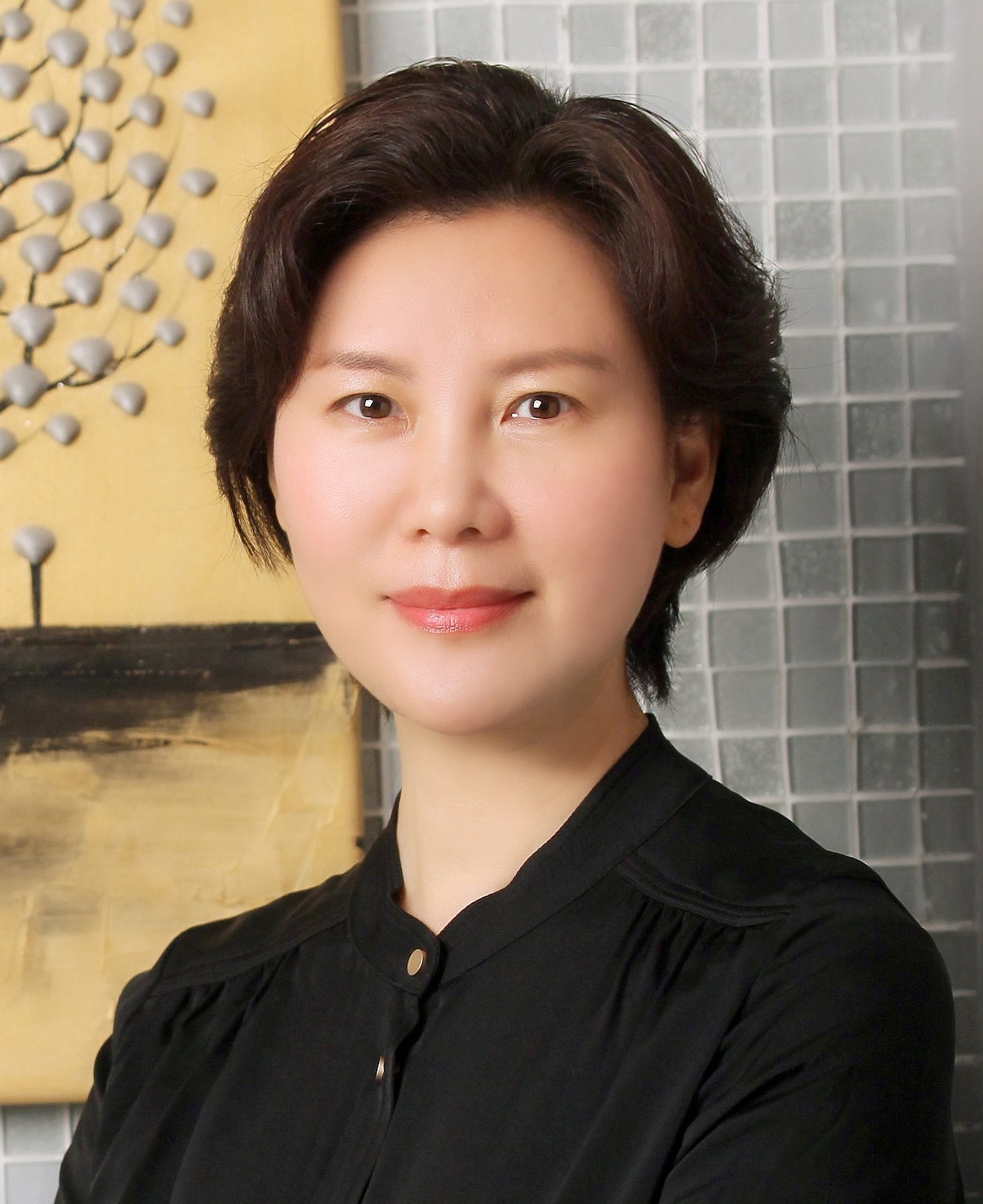 After rigorous selection and assessment, Jihong was awarded the title of Academician – widely regarded as one of the highest honours for scientists in China – together with eight other professors working in the chemical sciences. A total of 61 new Academicians from various science disciplines were selected by CAS in this round of biennial elections. As a CAS Academician, Jihong is now even better placed to help shape the nation’s science policy and influence significant decisions on the future of the chemical sciences in China.
After rigorous selection and assessment, Jihong was awarded the title of Academician – widely regarded as one of the highest honours for scientists in China – together with eight other professors working in the chemical sciences. A total of 61 new Academicians from various science disciplines were selected by CAS in this round of biennial elections. As a CAS Academician, Jihong is now even better placed to help shape the nation’s science policy and influence significant decisions on the future of the chemical sciences in China.















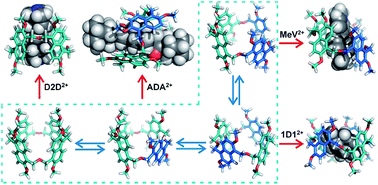
 About the Writer:
About the Writer: